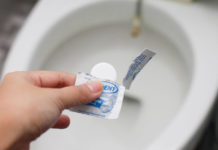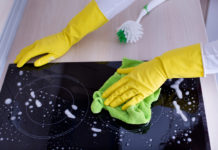Among the most important and fun inventions and scientific discoveries of the past several decades are a few absolute flukes. In fact, more than a few. Some estimates assert that half of all scientific discoveries are accidental. Here is a list of our favorite accidental discoveries.
16. Strikeable match
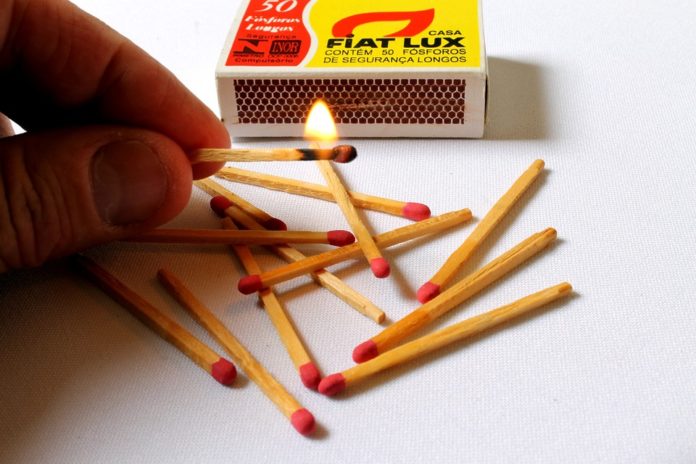
Englishman John Walker was working as a pharmacist in 1827 when he accidentally discovered matches. A wooden mixing stick he had been using to mix chemicals including potassium chlorate and antimony sulphide had a lump of dried goop on the end so he decided to rub it off. The stick immediately set itself alight. That discovery was definitely good for his business!
15. Post-it

In the 1970s, a chemist at 3M, American Dr. Spencer Silver, created a low-tack adhesive. When Art Fry, a colleague, was heading off to choir practice and needed something to mark his pages with, the adhesive met paper and the rest is history. Nowadays, it’s pretty much impossible to think about doing business or doing a degree without post-its to mark important documents or pages in a book.
14. Corn flakes

W. K. Kellogg, the founder of the Kellogg Company, had boiled some wheat and then had forgotten about it. He was working on cereal recipes and accidentally leaving his wheat sitting around for hours turned out to be the breakthrough he was looking for. Kellogg decided to cook the flaky wheat and created the crunchy cornflakes we all know and love—a healthy source of energy in the morning!
13. Viagra
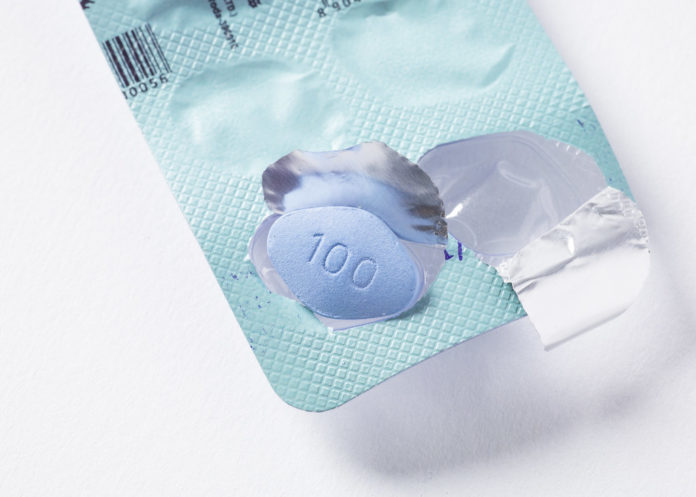
The relatively recent invention of Viagra came about at the beginning of the 1990s when Pfizer was conducting tests on a drug named UK92480. The drug was designed to treat angina, a heart condition that constricts the blood vessels that feed the heart. It was hoped that UK92480 would relax the vessels and improve blood flow. It didn’t achieve this but test subjects discovered it had certain other effects. It is now that famous blue bill. It’s possible side effects include heart attacks, but most men choose to focus on another of its effects…
12. Popsicle

Another favorite among kids and adults alike, the popsicle, is the result of an especially cold evening in San Francisco and a forgotten glass of water and soda powder. Frank Epperson, aged 11, left the glass out overnight with a wooden stick in it that he had used to mix the soda powder and water. Instead of chucking it out, he pulled the frozen mixture out of the glass and ate it. We hope this kid ended up doing a Ph.D. in university or something because he was definitely inventive at a young age!
11. Tires

American inventor Charles Goodyear did not enjoy any success in his early years. It wasn’t until 1839 when he spilled Sulphur and gum rubber onto a heated stove that he found success. This spillage hardened and formed a heat and cold-resistant durable rubber. Hard to imagine cars without his invention, eh?
10. Artificial sweetener
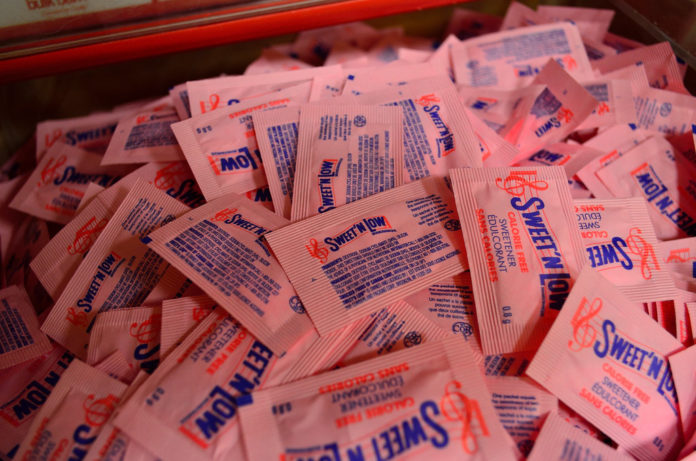
Saccharin is a coal tar derivative and was discovered in 1879 by Constantin Fahlburg, a Russian chemist. He had spent the day handling, amongst other things, coal tar, ammonia, and phosphorous and rather than washing his hands he appears to have licked them as he noticed they had a sweet taste. It’s unbelievable to think he did that without knowing if it was going to be poisonous or not, and without any life insurance at the time.
9. Play-Doh
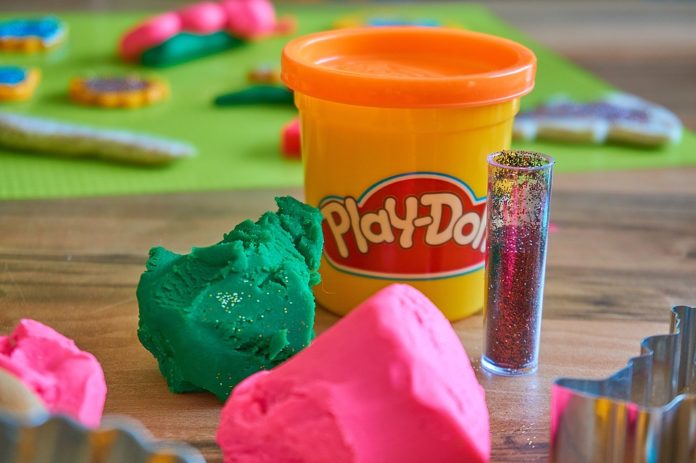
This beloved children’s toy began life as a wallpaper cleaning paste created by Noah McVicker in the 1930s for his family-run soap company. However, twenty years later, McVicker’s nephew’s sister-in-law, Kay Zufall, a nursery-school teacher, took the product into her classes for her students to use as molding clay. Now, every kid can claim to have played with a pot of Play-Doh at least once in their life.
8. Pacemaker
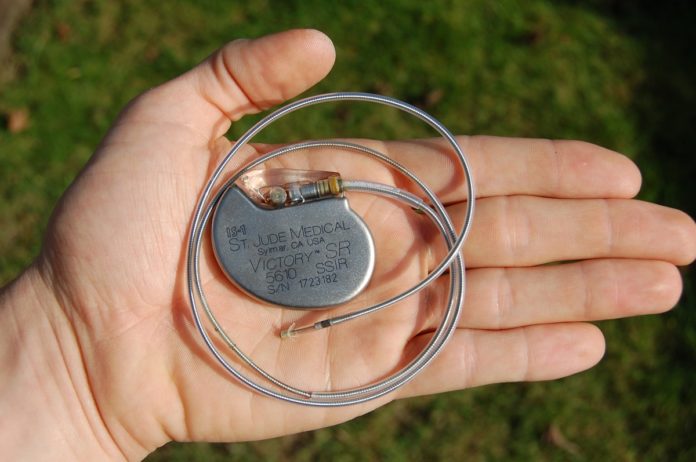
This complicated bit of kit was the result of a mistake by Wilson Greatbatch who installed the incorrect resistor in an oscillator he was attempting to use to record heart rhythms. The American engineer realized the device didn’t record anything and instead generated a human hart-like pulse. Since this accidental discovery in 1956, pacemakers have saved the lives of millions.
7. Velcro
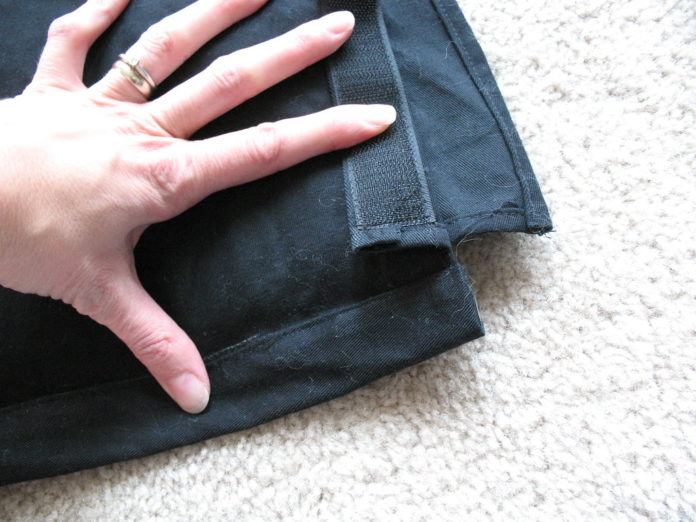
It was the natural world that helped George de Mestral, an electrical engineer from Switzerland, to come up with the idea of Velcro. He had been out with his Irish Pointer when he noticed the burdock seeds gripping his dog’s fur. De Mestral created Velcro by simulating the seeds’ minute hooks. Now we can all thank him every time velcro is used, thus saving us a lot of time and energy, especially when it comes to children’s clothing or shoes.
6. Slinky
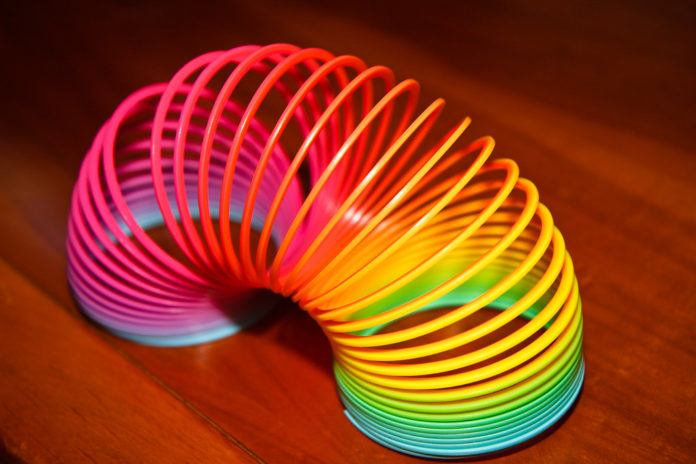
The slinky is simple but fun and so was its discovery. Richard James, an American engineer, was doing some work with a tension spring. He bumped one over and it just kept slinking away. This was back in 1943.
5. Vaseline
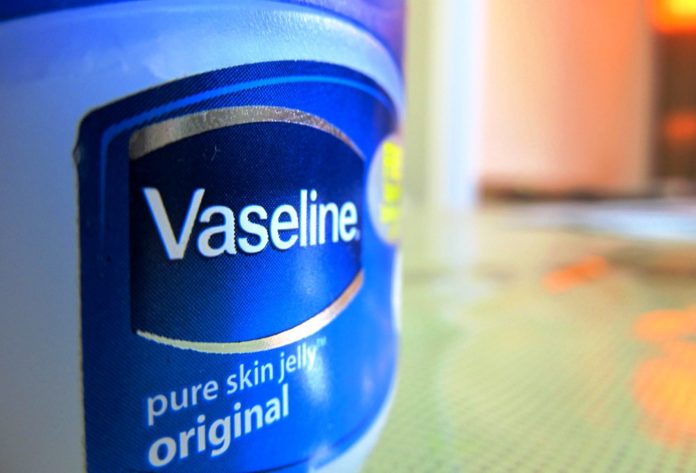
It was Robert Chesebrough’s dream to make a name for himself in the oil industry. Instead, he became the inventor of Vaseline when he saw workers struggling to deal with rod wax, a substance they had to keep cleaning off the drilling equipment. Chesebrough used the waxy residue to treat burns and cuts and even ate a spoonful of it daily, although we wouldn’t recommend that.
4. The microwave

In 1945, Percy Spencer, an engineer at Raytheon, was working on radar equipment and the energy sources that could be used with them. The microwave was born when Spencer discovered that the chocolate bar he had in his trouser pocket had started to melt. Not bad for an invention that completely changed the market and the kitchen, right?
3. Dynamite

Dynamite was invented by Alfred Nobel…by accident. When being transported, a can of nitroglycerin broke open and the liquid began to leak out. It was then absorbed by kieselgur, a mixture of rock and this was the beginning of this list’s most explosive discovery.
2. Penicillin
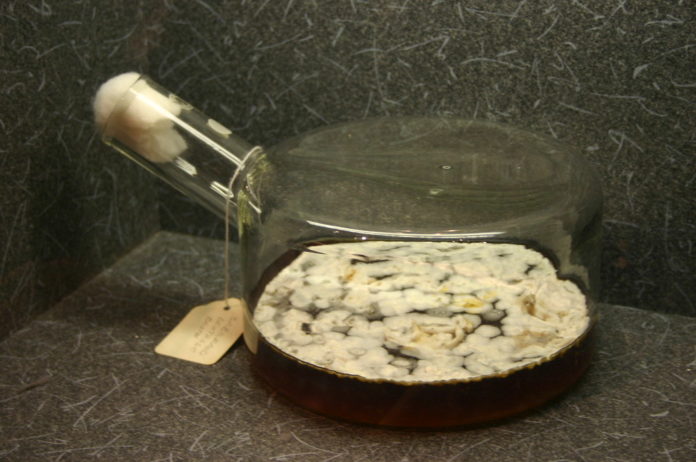
Penicillin is another life-saving mistake committed this time by Scotsman Alexander Fleming in 1928. Returning to his lab and job as a researcher after two weeks away on holiday, he noticed that he had left a petri dish covered in bacteria uncovered by an open window. He also noticed that the dish had become contaminated by a mold that had prevented the growth of the bacteria. This makes Fleming the absent-minded inventor of the world’s first antibiotic. The medical field was completely revolutionized by his discovery.
1. Radioactivity
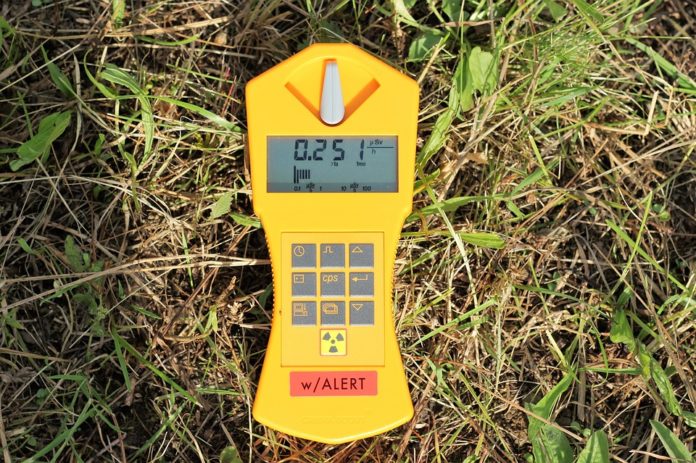
Antoine Henri Becquerel had been intending to examine what sunlight does to uranium in 1896 when he put a metal cross, a photographic plate, and uranium crystals in a drawer together. When the French physicist opened the drawer up again he found the photographic plate now bore the image of the cross caused by the emission of radiation by the uranium.









